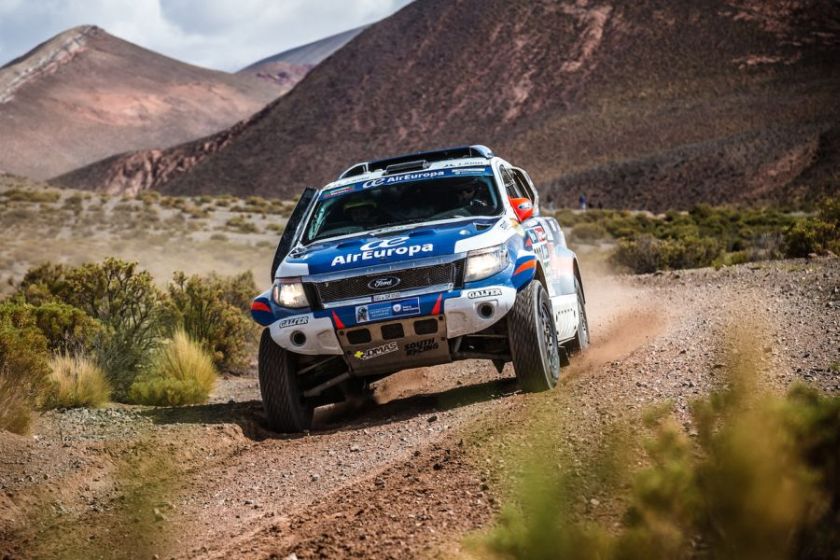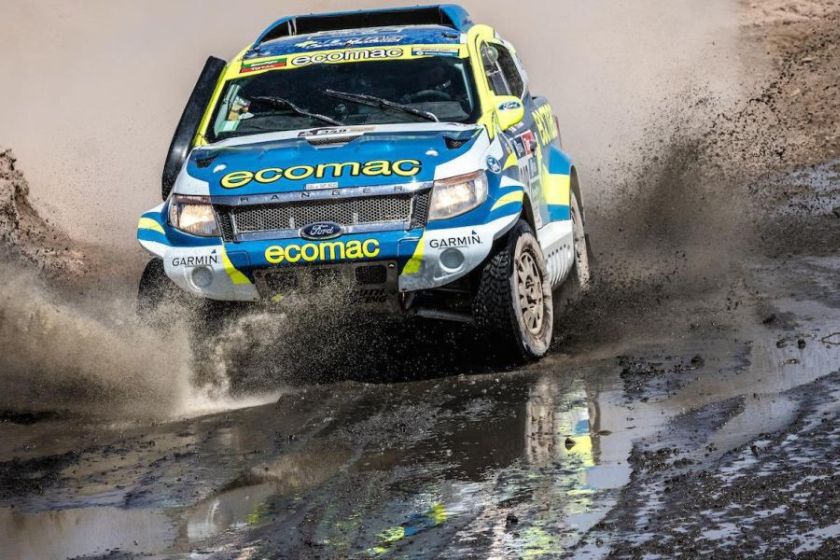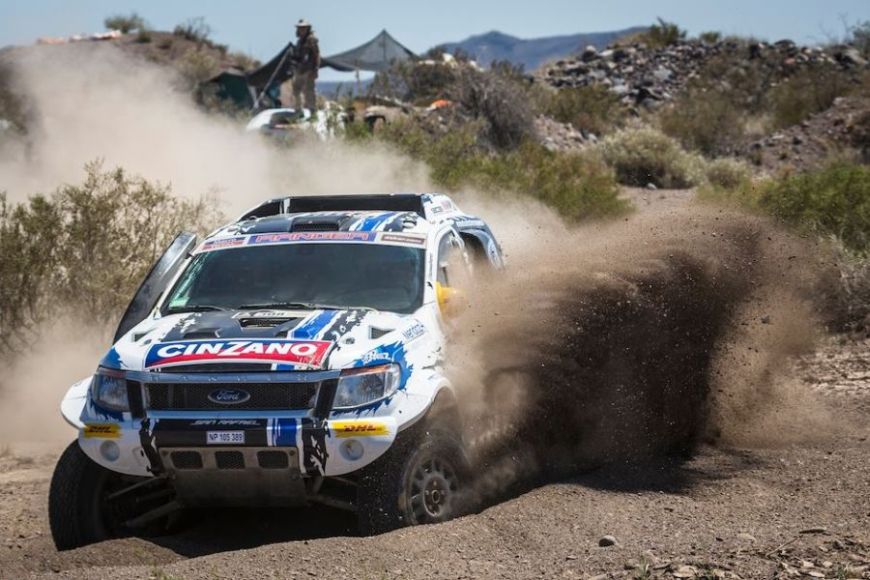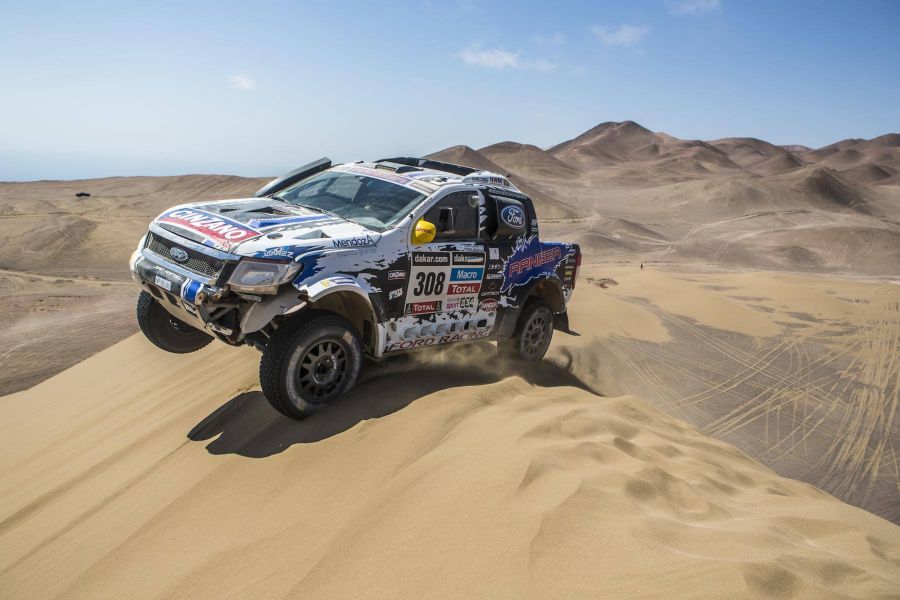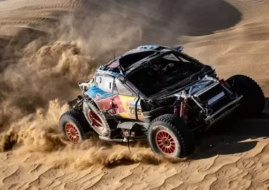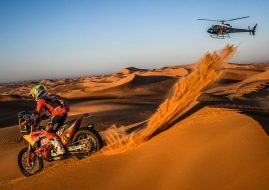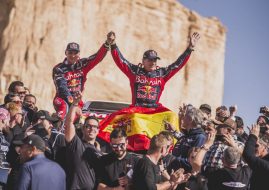Ford Ranger Dakar - Taming the South American Deserts and Mountains
The manufacturers that gained the biggest success at Dakar Rally in recent years, were, for instance, Peugeot, Mini, Toyota or Volkswagen.They got the biggest media coverage but there are also some teams and manufacturers that regularly compete in the world toughest cross-country race from the background. One of those teams is German-based South Racing. That team runs Ford Ranger cars at Dakar Rally.

Ford Ranger Dakar for 2014 edition of world’s toughest race
Prepared in South Africa to compete in South America
The Ford Ranger Dakar was originally designed and built by Neil Woolridge and his team at Neil Woolridge Motorsport (NWM), the South Africa-based operation that ran the two factory-backed cars in 2014 in conjunction with South Racing. The drivers were Lucio Alvarez and Chris Visser.
Federico Villagra was driving Ford Ranger in 2015
At the 2015 Dakar Rally, the car was raced by famous Argentine WRC driver Federico Villagra. During 2015, the car underwent ongoing development during Dakar Series events and other South American rallies in a strategic partnership between South Racing and Chilean partner, DMAS Competicion. The car features revised suspension, engine mapping and chassis improvements.

Ford Ranger at 2015 Dakar Rally
Xevi Pons with Ford Ranger at two Dakar events
At the 2016 Dakar Rally, one former WRC star Xavier Xevi Pons joined the team, driving the #320 Ford Ranger. The second driver in the #349 car was Daniel Mas Valdes. They finished 30th and 35th respectively.
For the 2017 Dakar Rally, Xevi Pons will return to South America with Ford Ranger, with a starting number 311. The second driver is Bolivian Marco Bulacia in the #324 car.

Ford Ranger at 2016 Dakar Rally
4WD monster with 5.0-litre engine from Mustang
The racing version of Ford Ranger is based on a Double Cab version of a popular midsize pick-up. The car is prepared according to FIA/ASO T1 rules, for improved four-wheel-drive petrol-engine cars. The full composite body of Ford Ranger is hiding a 5.0-litre V8 engine with power output of about 350 hp and 560 Nm of torque. The maximum speed is 170 km/h.
Other features are six-speed sequential gearbox, LSD front and rear differential, independent front and rear suspension with twin BOS dampers, water-cooled rear Brembo brakes and air-cooled front brakes. The 16-inch rims are fitted with 245/85-16 Michelin tires. The weight of the car is 1975 kg.
Photos: fordatdakar.com


